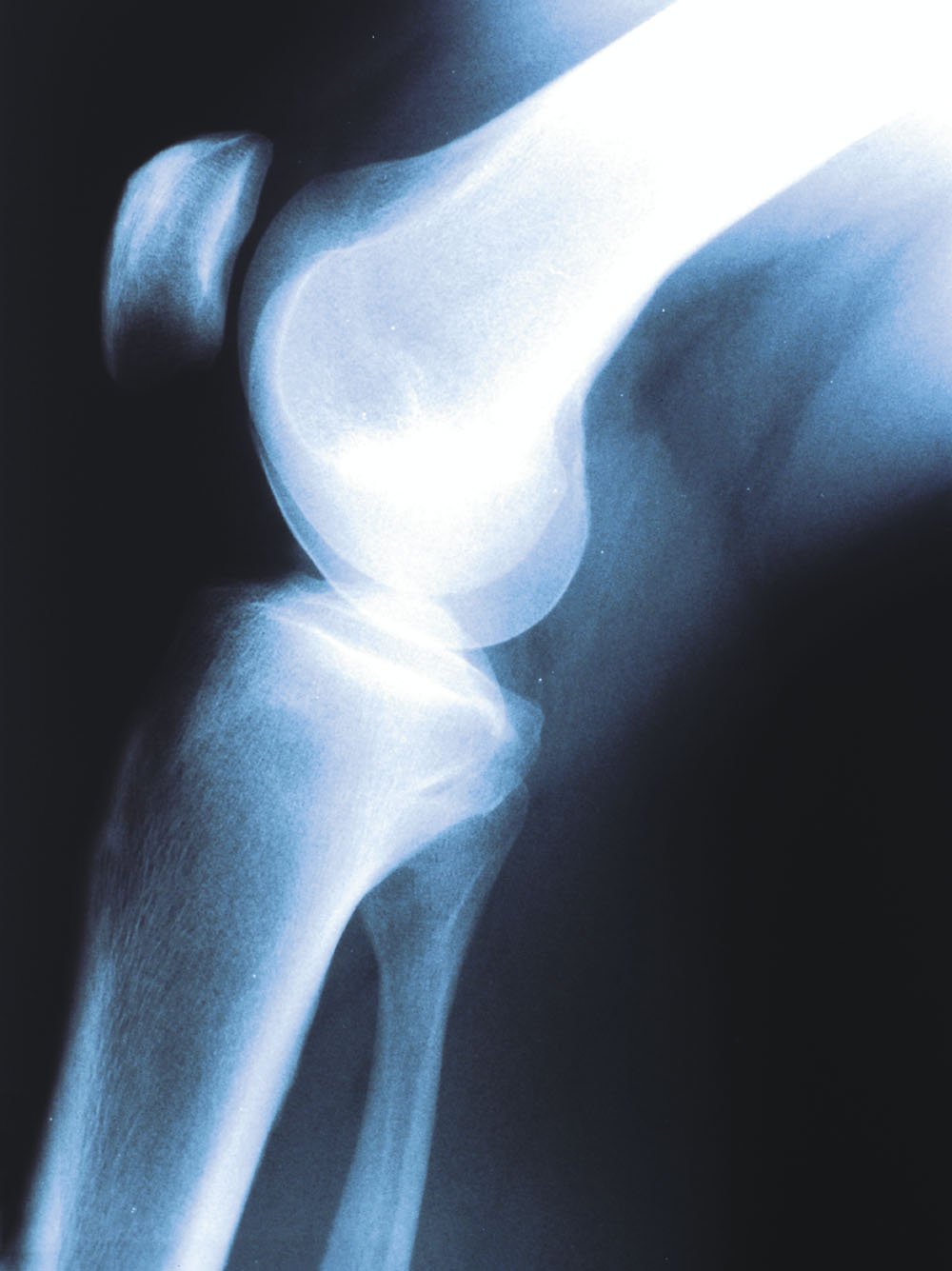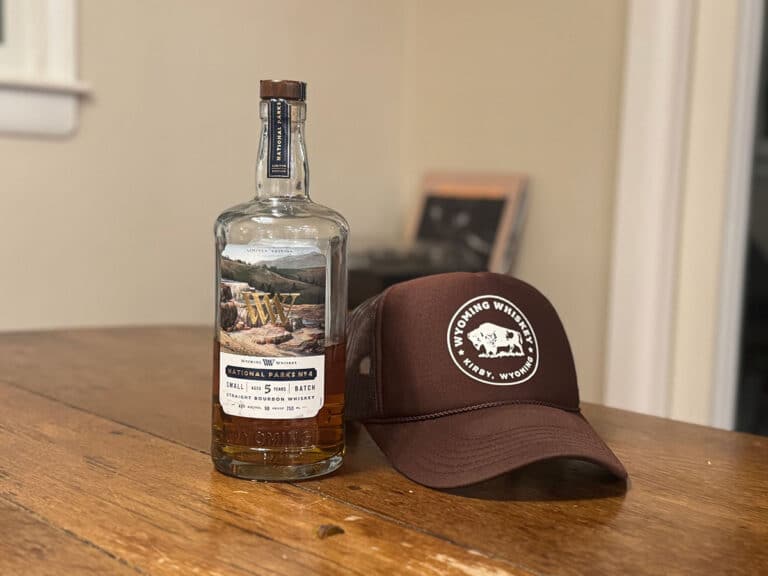Dr. Stephen Pribut is a D.C.-based podiatric surgeon and an expert in running injuries. He advises a number of running magazines and operates a popular running injury website: drpribut.com. Here are 3 running tips to avoid injury.
What running surfaces are worst?
While we can adapt to almost anything, concrete is one of the most unyielding surfaces you could choose. The shock transmission is significantly greater than with packed dirt trails or even asphalt. The forces transmitted up through the legs to the knee can create knee pain. So practically speaking nearly every professional will suggest avoiding concrete. While there is no specific study on this, the differences in the materials and the experiences of many injured runners lead to a near universal recommendation to avoid concrete.
There’s a lot of hype about barefoot running and minimalist shoes. Do I really have to ditch my comfy running shoes to avoid injury?
While barefoot running or minimalist shoe running may be fun for some, good for others, we still don’t have studies that demonstrate it is better than shoes. We also don’t know what specific conditions barefoot running may be good for. On the other hand, we can think of many problems from badly chosen and badly fit shoes. If your shoes are comfortable and you are healthy and running without injury, I wouldn’t change anything.
I’ve been trying to land midfoot instead of on my heels, but the next day, my calves are really sore. Am I doing it wrong?
You may be running too far forward and landing on the ball of your foot. Midfoot running does require a shorter stride than heel running. Many excellent runners land just in front of the heel. This would count as a midfoot landing position. Many runners also change their tempo when switching to a midfoot gait. So, in addition to taking a shorter stride, they pick up the tempo and may land up to 90 times per minute on each side for a total of 180 steps per minute. To avoid muscle soreness, transition slowly. Spend only a small portion of your run with your new gait and gradually build up the amount of time that you are running in the new manner.








